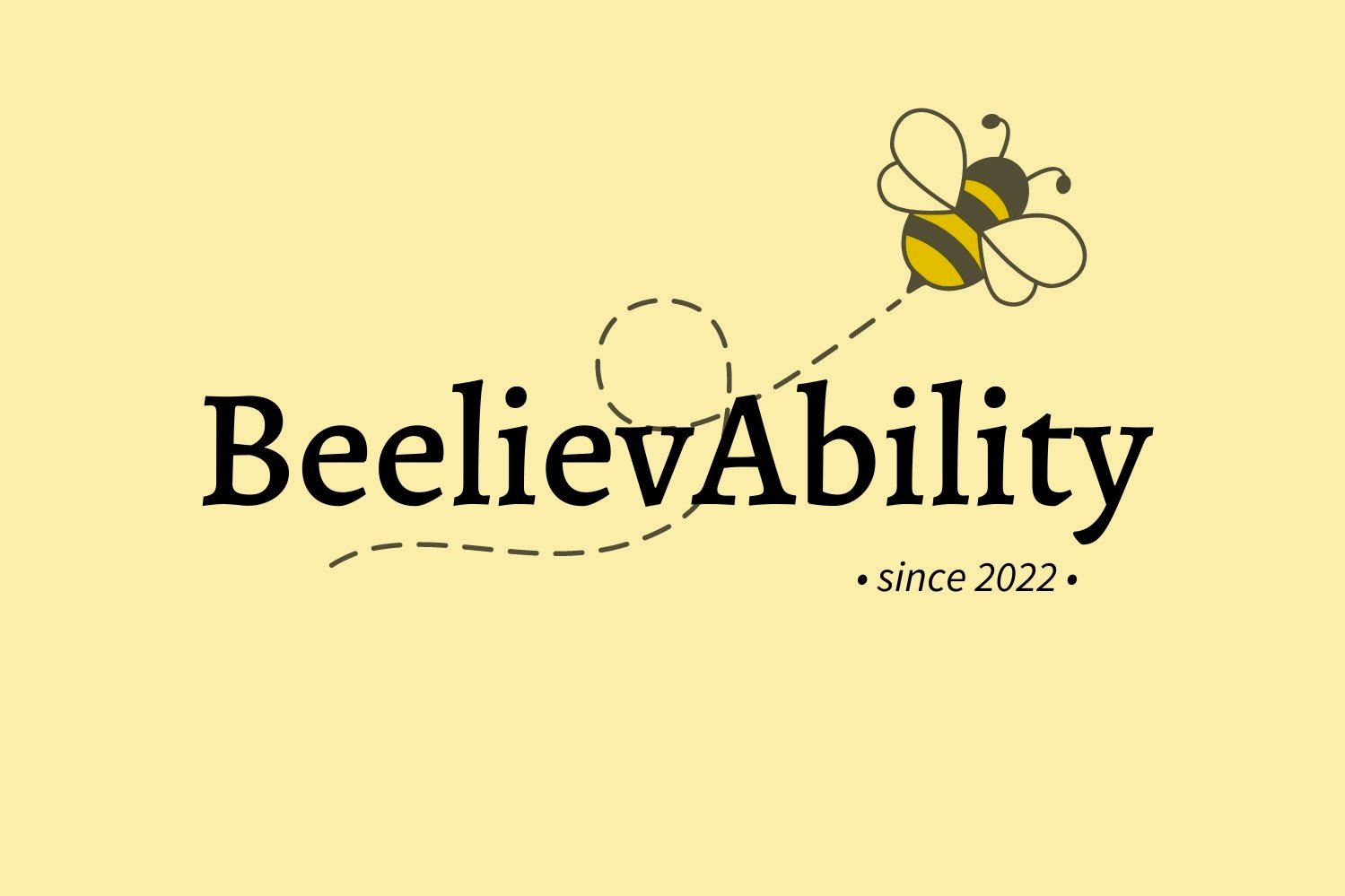What is DMI?
Dynamic Movement Intervention (DMI) is a therapeutic technique used in physical and occupational therapy to treat children with motor delay by improving automatic postural responses and promoting progress towards developmental milestones. The goal of DMI is to provoke a specified active motor response from the child in response to defined dynamic exercises prescribed by the therapist. This comprehensive intervention incorporates current research on neurorehabilitation, technologies, and methodologies. DMI stimulates neuroplasticity to facilitate new neuronal connections and development of motor milestones. (Sourced: dmitherapy.com)
Who can Benefit from DMI?
Regardless of level of cognition and extent of neurological deficit or damage, affected children benefit from DMI motor intervention as it pertains to stimulating neuroplasticity in the developing brain. DMI intervention can start as early as 1 to 2 months of age.
Children diagnosed with any type of motor delay including conditions such as; Down Syndrome, Cerebral palsy, global developmental delay, hypotonia, chromosomal abnormalities/genetic disorders, spinal cord lesions or acquired brain injury may benefit from this form of therapy. Children at risk, such as those who are born prematurely can also benefit from this therapy due to the strong neuroplastic changes that this treatment stimulates within the developing brain. (Sourced Information from DMI).
DMI Focuses On
1. Gross motor skills – Improving gross motor skills of children from birth by developing automatic motor movement. (Promotes Neurological Maturity )
2. Gradual progression – Continuously increasing the challenge to encourage the child to respond with greater independence.
3. Alignment and Postural Control - All exercises focus on optimal anatomical alignment and stimulate postural control and verticality.
4. Range of Motion - Muscle and joint range of motion is achieved by movement (Dynamical and functional stretching).
5. Balance – Improved balance is a common thread through most DMI exercises.
6. Functional movements – Improving actions and skills that lead to attaining milestones such as rolling, sitting, standing, and walking.
7. Somatosensory Development - The strong sensory information provided by the exercises sends afferent messages to the brain to create specialized synapses that fine tune balance, muscle control, and movement.
8. Modifying tone, primitive reflexes, and abnormal patterns of movement - DMI strives to provide normalized movement patterns to children with neurological dysfunction to assist with the integration of disruptive primitive reflexes.
9. Global Development - DMI focuses on gross motor skills, however, many other skills develop as a byproduct of this intensive intervention. (Sourced From DMI).




